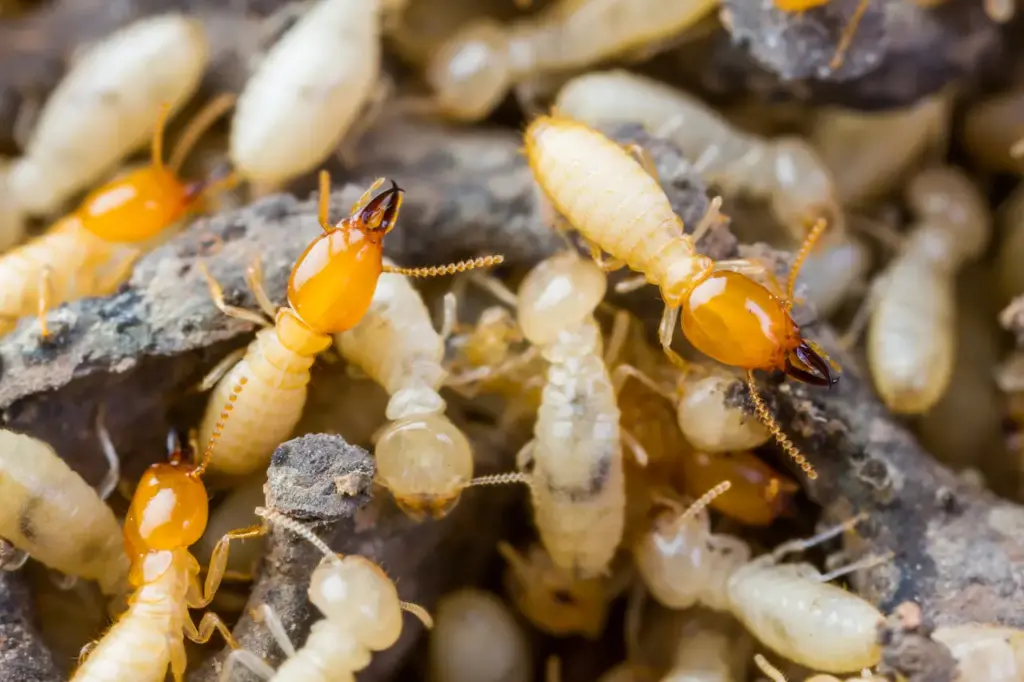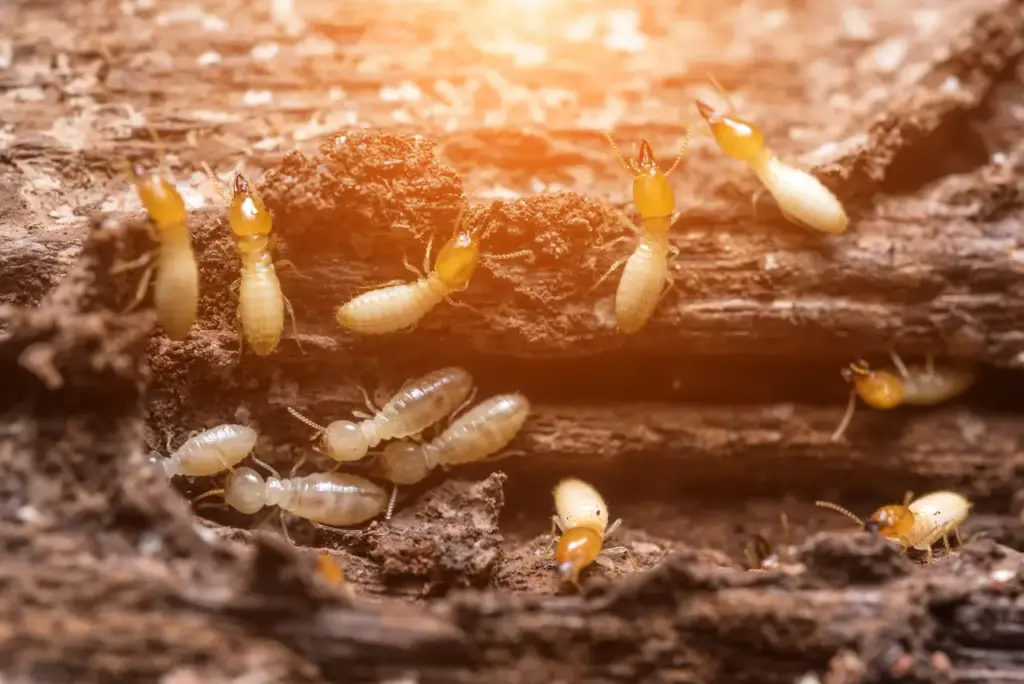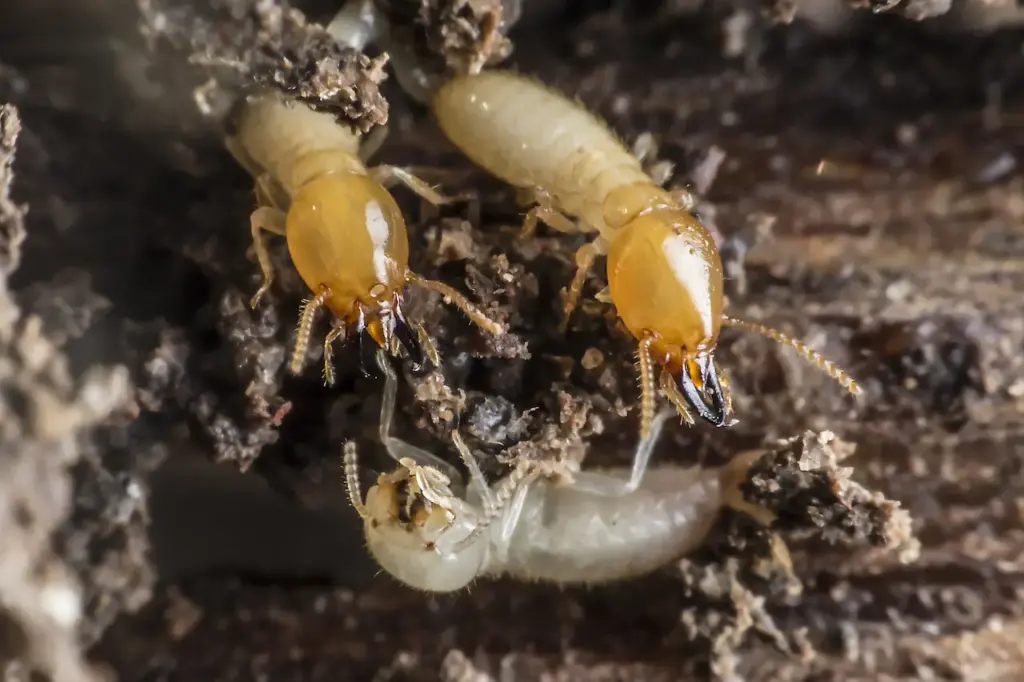What Eats Termites?
Categories
- Accipitridae (1)
- Acrididae (1)
- Algae (2)
- Alligatoridae (1)
- Amoebidae (1)
- Amphibians (3)
- Anatidae (1)
- Anguillidae (1)
- Arachnids (2)
- Bears (2)
- Big Cats (3)
- Birds (13)
- Bovidae (5)
- Bufonidae (1)
- Camelids (1)
- Cameras (1)
- Canines (13)
- Caridea (1)
- Carnivora (10)
- Castoridae (1)
- Cats (5)
- Cebidae (1)
- Cephalopod (1)
- Cervidae (2)
- Cetacean (1)
- Chondrichthyes (1)
- Crocodilia (2)
- Crustaceans (4)
- Culicidae (1)
- Cyaneidae (1)
- Dasypodidae (1)
- Dasyurids (1)
- Deer (1)
- Delphinidae (1)
- Desktop (1)
- Didelphidae (1)
- Dinosaurs (1)
- Dogs (13)
- Dolphins (2)
- Echinoderms (1)
- Education (10)
- Elephantidae (1)
- Equine (1)
- Erethizontidae (1)
- Erinaceidae (1)
- Farming (1)
- Felidae (5)
- Fish (5)
- Food Chain (31)
- Food Web (2)
- Formicidae (1)
- Frugivore (1)
- Gaming (1)
- Gastropods (1)
- Giraffids (1)
- Great Apes (2)
- Health Conditions (3)
- Herbivore (4)
- Hi-Fi (1)
- Hippopotamidae (1)
- Hominidae (1)
- Insects (11)
- Invertebrates (2)
- Keyboards (1)
- Laptops (1)
- Leporidae (1)
- Mammals (23)
- Marsupials (4)
- Mephitidae (1)
- Microchiroptera (1)
- Mollusks (2)
- Mongoose (1)
- Muridae (1)
- Nocturnal Animals (1)
- Odobenidae (1)
- Omnivore (2)
- Phasianidae (1)
- Phocidae (1)
- Plankton (1)
- Plants (2)
- Primate (1)
- Ranidae (1)
- Reptiles (7)
- Rhinocerotidae (1)
- Rodents (5)
- Salamandridae (1)
- Scarabaeidae (1)
- Sciuridae (2)
- Sharks (1)
- Shellfish (1)
- Sound (1)
- Spheniscidae (1)
- Suidae (1)
- Superfamily Papilionoidea (1)
- Theraphosidae (1)
- What Eats (5)
Termites are small insects that live in colonies and feed on wood and other plant material containing cellulose.
While termites play an important role in breaking down dead wood and recycling nutrients, they can also become major pests when they start feeding on structures made of wood.
Understanding what eats termites and what termites eat themselves can provide useful insights into termite control and prevention.
Table of Contents
Toggle
Termites in the Woods What Eats Termites
Natural Predators of Termites
Termites have many natural enemies that help keep their populations in check in the wild. Some of the main predators of termites include:
Ants
Ants, especially certain species like driver ants, are ferocious predators of termites. They will raid termite nests, overwhelming the worker termites through sheer numbers.
Ants will carry off termite eggs, larvae, and pupae to feed their colonies. Some ants even specialize in following termite trails to find their nests. Ever thought, about what eats ants?
Spiders
Many species of spiders prey on termites. Ground-dwelling spiders, like wolf spiders and funnel web spiders, lurk near termite nest entrances and pick off workers as they emerge.
Trapdoor spiders grab termites as they pass over the spiders’ burrows. Even web-building spiders like orb weavers will snare passing termites in their webs.
Click here to read: What Eats Spiders?
Centipedes
Centipedes are swift predators that use their many legs and venomous claws to overpower termite workers and soldiers. They infiltrate termite nests and tunnels and feed on all the different termite life stages.
Birds
Insect-eating birds frequently feast on termites. Woodpeckers dig into wood housing termite colonies. Other birds like brown thrashers dig up shallow termite nests in the ground. Some birds follow termite swarmers as they disperse and pick them off. Even chickens and wild turkeys scratch open termite mounds to eat the insects inside.
Lizards and Amphibians
Many small reptiles and amphibians consume termites. Small lizards crawl into termite mounds and feed. Toads and frogs wait near nest openings and use their long tongues to catch emerging workers. Salamanders probe termite tunnels in rotting logs to find food.
Other Insects
Besides ants, other predatory insects like ground beetles, crickets, parasitic wasps, and dragonfly nymphs also prey on termites when they can gain access to termite colonies. Certain flies and midges even lay their eggs on termites so that their larvae can feed on them.
Mammals
Numerous mammals include termites in their diets. Aardvarks are specialists, using their long tongues and sticky saliva to extract termites from deep underground. Anteaters raid termite mounds and nests. Pangolins use their long claws to open termite nests.
Smaller mammals like meerkats, aardwolves, numbats, and echidnas all feed heavily on termites when they can find them. Even supposedly herbivorous mammals like gorillas and chimpanzees will ingest termites for the protein.
What Termites Eat
Now that we’ve seen what eats termites, let’s take a look at the termite diet itself. Termites are fascinating in that different species eat very different foods. But almost all termites depend on eating some form of cellulose for energy.
Wood-Feeding Termites

Wood-Feeding Termites
Most termite species feed on wood or woody plants. This wood contains cellulose that termites digest with the help of symbiotic protozoa in their guts.
Worker termites chew wood into tiny pieces, often leaving behind a thin outer veneer while hollowing out the inside. Termites attack dead wood on and in the ground, but also live wood like tree trunks and branches.
Grass-Eating Termites
Some specialized termite species eat grasses and the cellulose in the straw and stems. Worker termites cut the grass into fragments and haul it into the colony. The grass-eating termites tend to build large mounds covered with thick, armoured walls.
The mounds often have elaborate ventilation holes and chimneys to control interior temperature and humidity.
Fungus-Growing Termites
One whole group of termites, the fungus-growing termites, rely on cultivating fungi for food. Worker termites gather plant material like dry grass, wood, and leaves and place it in underground chambers.
The termites then inoculate the debris with special types of fungus. As the fungus breaks down the cellulose, the termites eat both the fungus and the decayed plant matter. Different termite species farm different fungal species in their mounds.
Humus-Feeding Termites
Some primitive termite species feed directly on humus and soil. The worker termites ingest soil particles and extract tiny organic particles from the dirt and decaying leaf litter as food. These humus-feeding termites play a role in soil enrichment and decomposition.
Lichen and Algae-Eating-Termites
A few unusual species of termites feed on lichens, algae, and even cyanobacteria. To eat lichens, the worker termites scrape lichen off of trees and rocks and transport it into the nest.
For algae and cyanobacteria, the termites construct their tunnels and galleries near mosquito-infested ponds. The termites lick up the algae and microbes that grow in the water.
How Termites Feed and Forage?
Termites employ some fascinating behaviours and strategies to locate food sources and haul the materials back to their colonies:
- Worker termites follow pheromone trails laid down by scout termites that have found a food source. This allows them to recruit large numbers of nestmates to exploit resources.
- Termites build mud tubes across exposed areas to protect themselves from predators as they move between food and nest.
- They chew wood along the grain to maximize caloric intake compared to energy expended.
- Subterranean termites build extensive underground tunnels up to 300 feet long to reach food sources.
- Termites detoxify defences produced by plants like resins and tannins with special salivary secretions.
- Some species farm fungi on retrieved plant material to further digest the cellulose before consumption.
- Termites maintain optimal temperature, humidity, and oxygen levels in their nests to facilitate the digestion of their cellulose-rich diet.
- Different castes in termite colonies specialize in locating food sources, collecting food, or digesting food.
Frequently Asked Questions
What do termites look like?
Termites are small, soft-bodied insects that are typically pale or white in colour. There are over 2,700 known termite species. Worker termites are usually between 4 to 7 mm long when fully grown. They have straight antennae, small compound eyes, and mouthparts adapted for biting and chewing wood and fungus.
Worker termites are wingless. At certain times of the year, termite colonies produce reproductive males and females called alates, which have two pairs of long, membranous wings of equal size.
Where are termites found?
Termites are globally distributed insects but are most diverse and abundant in tropical forests. They are found in regions with warm temperatures, adequate moisture, and sufficient wood or cellulose food sources. Termites primarily live in colonies in the soil, inside wood, or within plant stems. Species exist on every continent except Antarctica.

Three Termites Eating What Eats Termites
What do termites eat?
Almost all termites eat cellulose from wood, grass, leaf litter, fungus, lichen, or other plant source. Termites have symbiotic protozoa and bacteria in their gut that help them digest cellulose. Different termite species have different feeding habits based on habitat and food availability.
Conclusion
Termites have a wide array of predatory natural enemies but have also evolved diverse feeding strategies to take advantage of cellulose-rich resources like wood, grass, soil, and fungi in their environments.
Their social organization and caste structure assist termites in harvesting and processing these challenging food sources.
Understanding what termites eat and how they obtain nutrition provides useful insights into controlling these destructive pest insects while also appreciating their important ecological roles.
